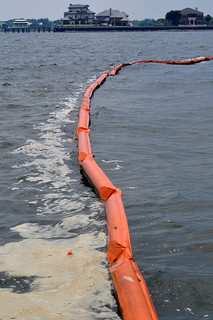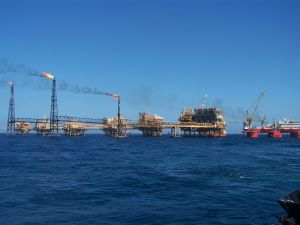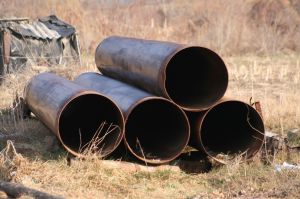Nearly three years have passed since the 2010 Deepwater Horizon disaster, but the oil spill still looms large for the people and businesses impacted by its massive scope. As your San Francisco/Oakland oil spill law firm, we are closely following the on-going legal disputes stemming from the accident. Monitoring the Gulf Coast oil spill case and resulting precedents will allow our legal team to provide top-notch representation to those impacted by Pacific Coast oil spills and other environmental incidents in the Northern California region.
 Civil Case Follows Criminal Plea
Civil Case Follows Criminal Plea
This week, as reported by the Associated Press and Oakland Tribune, Judge Carl Barbier opened the civil trial in which the U.S. Justice Department and representatives of businesses and individuals impacted by the Deepwater Horizon are seeking monetary damages from BP and other partners in the drilling project. Previously, BP pled guilty to manslaughter and other criminal charges. Those charges led to $4 billion in penalties, just one portion of the $24 billion that BP has spent on spill-related expenses to date. In the current civil case, federal authorities, impacted states, and affected businesses and individuals are looking to hold BP and its partners liable for civil damages under the Clean Water Act and other environmental laws. The trial, which could lead to a verdict in the tens of billions, began after repeated settlement talks failed to produce an agreement.
 San Francisco Injury Lawyer Blog
San Francisco Injury Lawyer Blog


 Along with the rest of the community, our San Francisco and Oakland accident law team has been watching the unfolding story of the oil tanker that collided with a Bay Bridge tower last week. The accident could have been much worse. No one was hurt but it could have led to numerous injuries, even deaths, and could have resulted in an environmental catastrophe that might have harmed the ecosystem and made thousands ill. An
Along with the rest of the community, our San Francisco and Oakland accident law team has been watching the unfolding story of the oil tanker that collided with a Bay Bridge tower last week. The accident could have been much worse. No one was hurt but it could have led to numerous injuries, even deaths, and could have resulted in an environmental catastrophe that might have harmed the ecosystem and made thousands ill. An 
 The RESTORE Act vs. New DOJ Proposals
The RESTORE Act vs. New DOJ Proposals History shows us that it is a matter of when the next toxic chemical exposure occurs, not a matter of “if” it will. The Chevron plant has seen several disasters in recent years. It is, of course, not the only potential source of toxic chemical exposure in the Northern California region. Asserting your right to compensation, no matter how apologetic a company may appear in the wake of an accident, is an important part of reminding companies that they are accountable for their actions and need to prioritize safety over profits. Bringing a claim is one way to help prevent companies from side-stepping public safety.
History shows us that it is a matter of when the next toxic chemical exposure occurs, not a matter of “if” it will. The Chevron plant has seen several disasters in recent years. It is, of course, not the only potential source of toxic chemical exposure in the Northern California region. Asserting your right to compensation, no matter how apologetic a company may appear in the wake of an accident, is an important part of reminding companies that they are accountable for their actions and need to prioritize safety over profits. Bringing a claim is one way to help prevent companies from side-stepping public safety. This weekend,
This weekend,  Early Tuesday morning, Chevron held a press conference to discuss the events of the prior day. According to
Early Tuesday morning, Chevron held a press conference to discuss the events of the prior day. According to  With those events still fresh in resident’s minds, it is hard to imagine the fear that must have enveloped the neighborhood when news of a gas line break filtered through the community on Thursday August 2. According to the
With those events still fresh in resident’s minds, it is hard to imagine the fear that must have enveloped the neighborhood when news of a gas line break filtered through the community on Thursday August 2. According to the